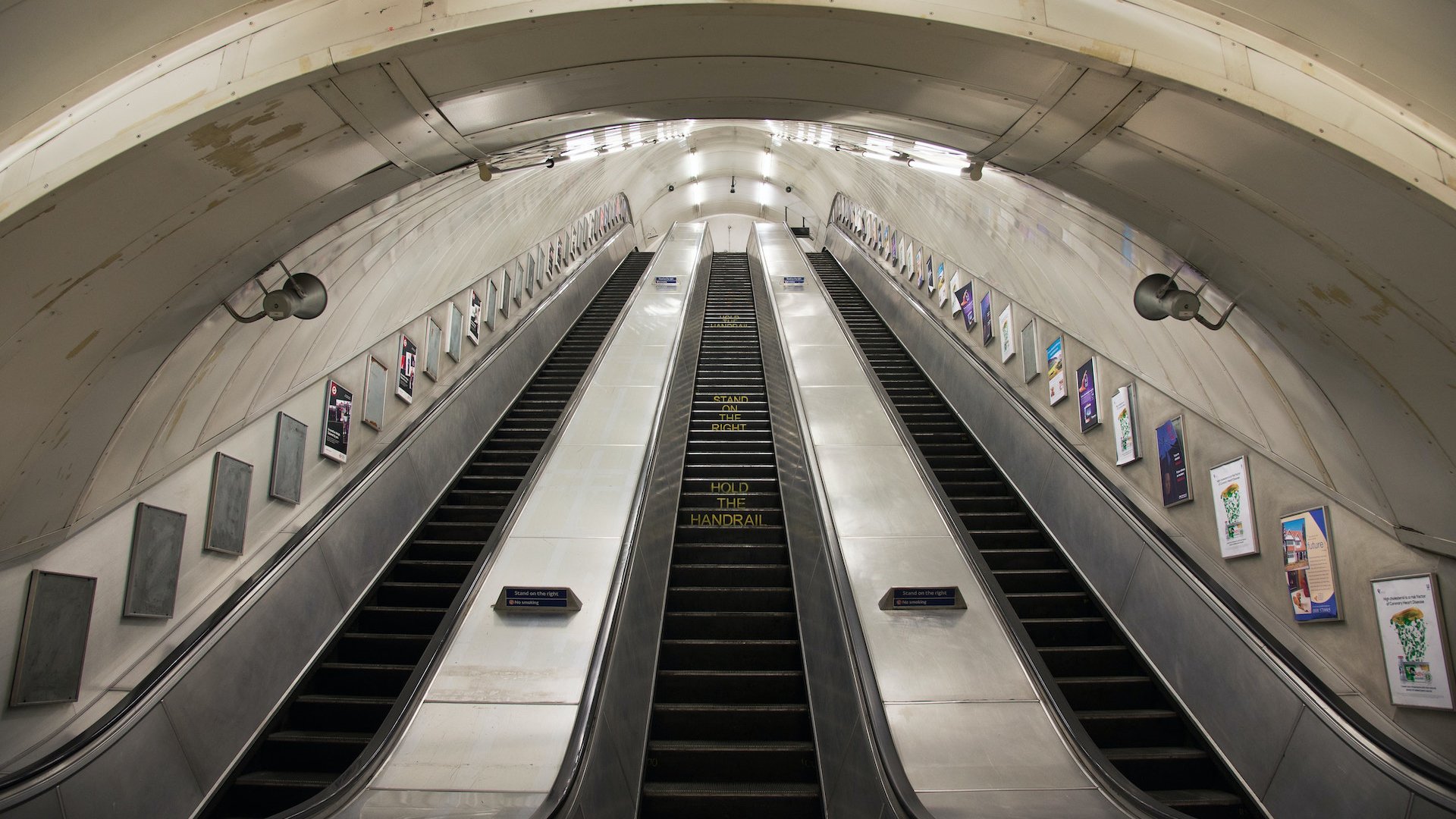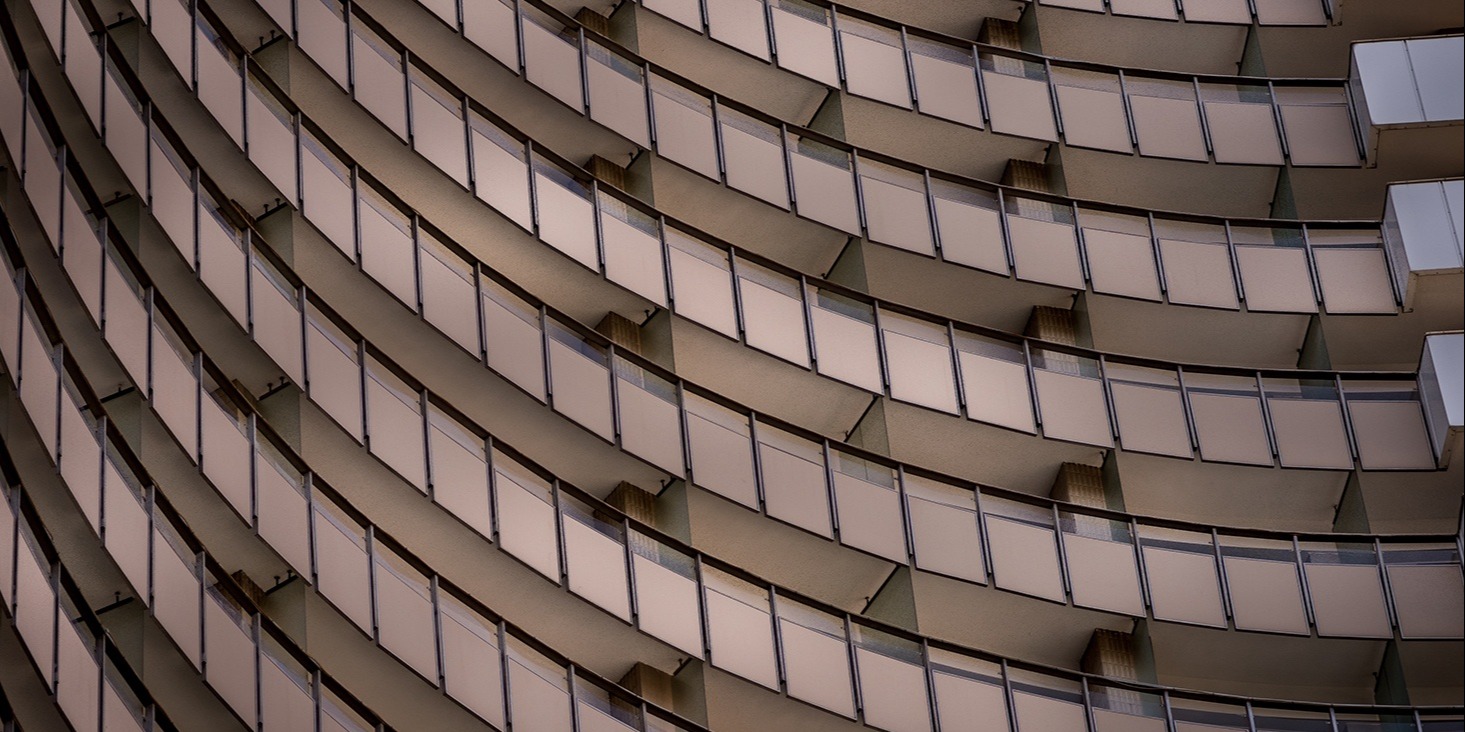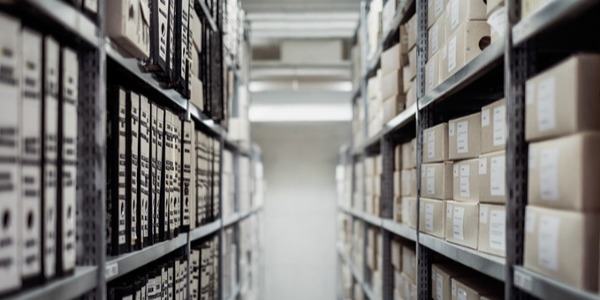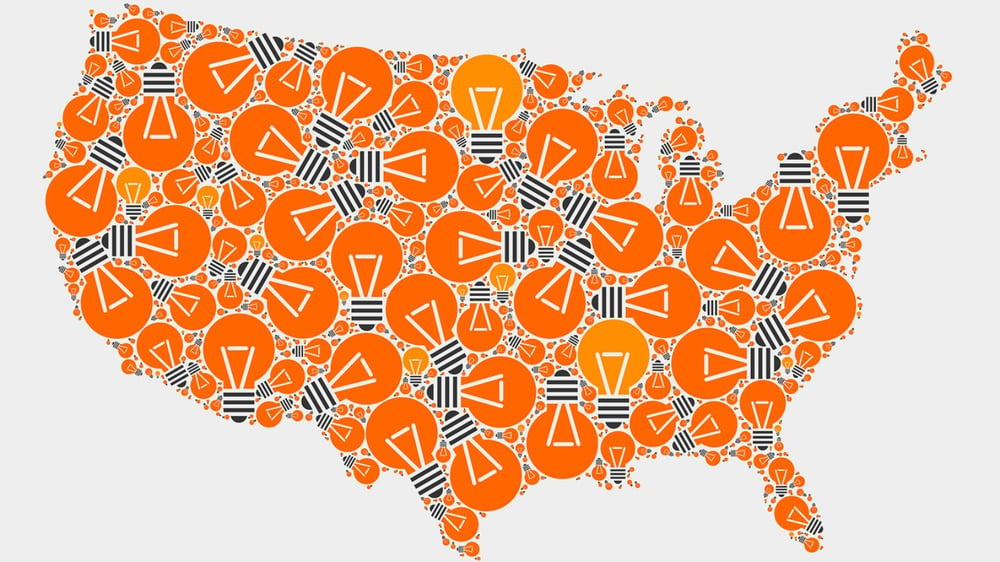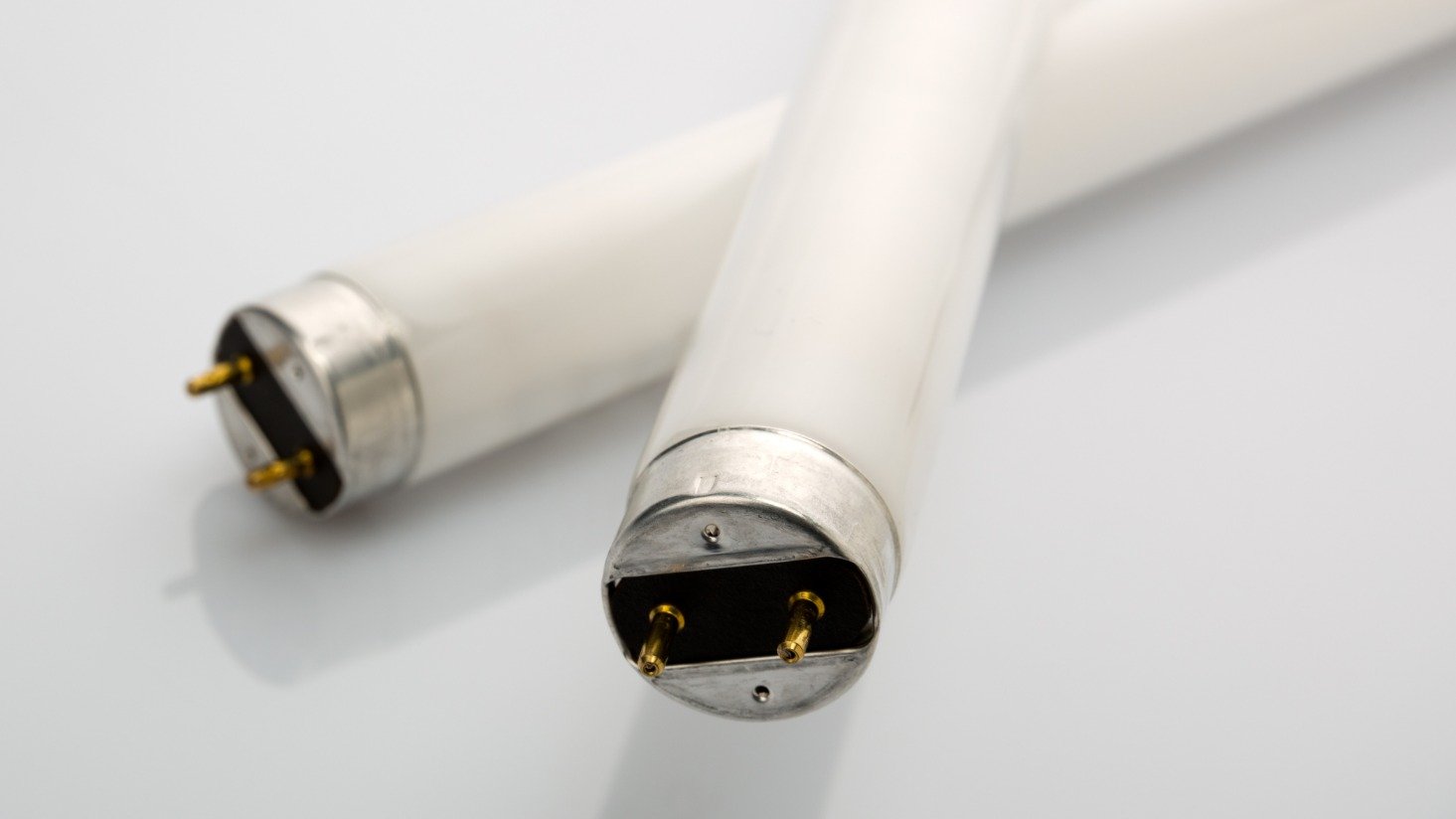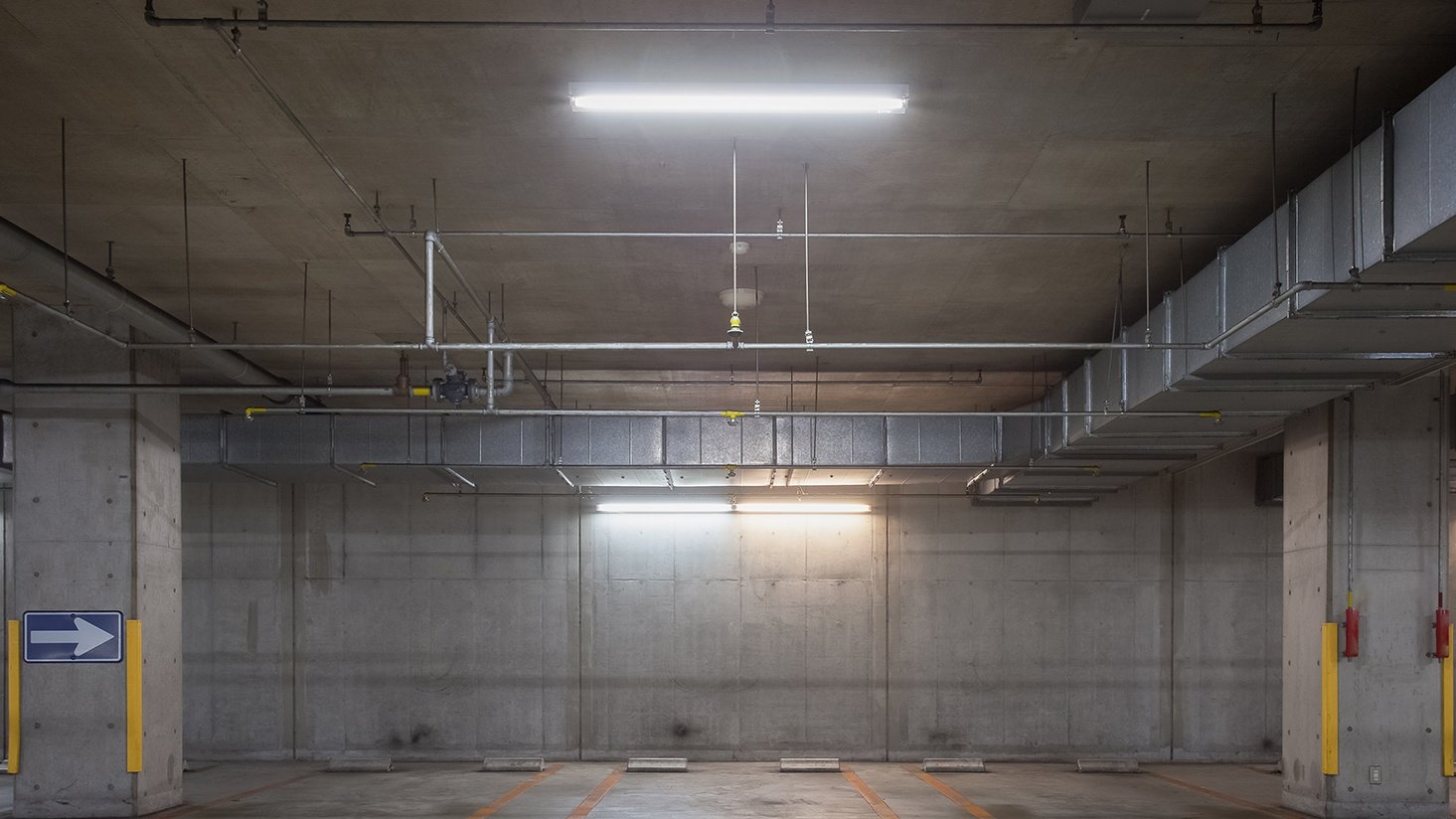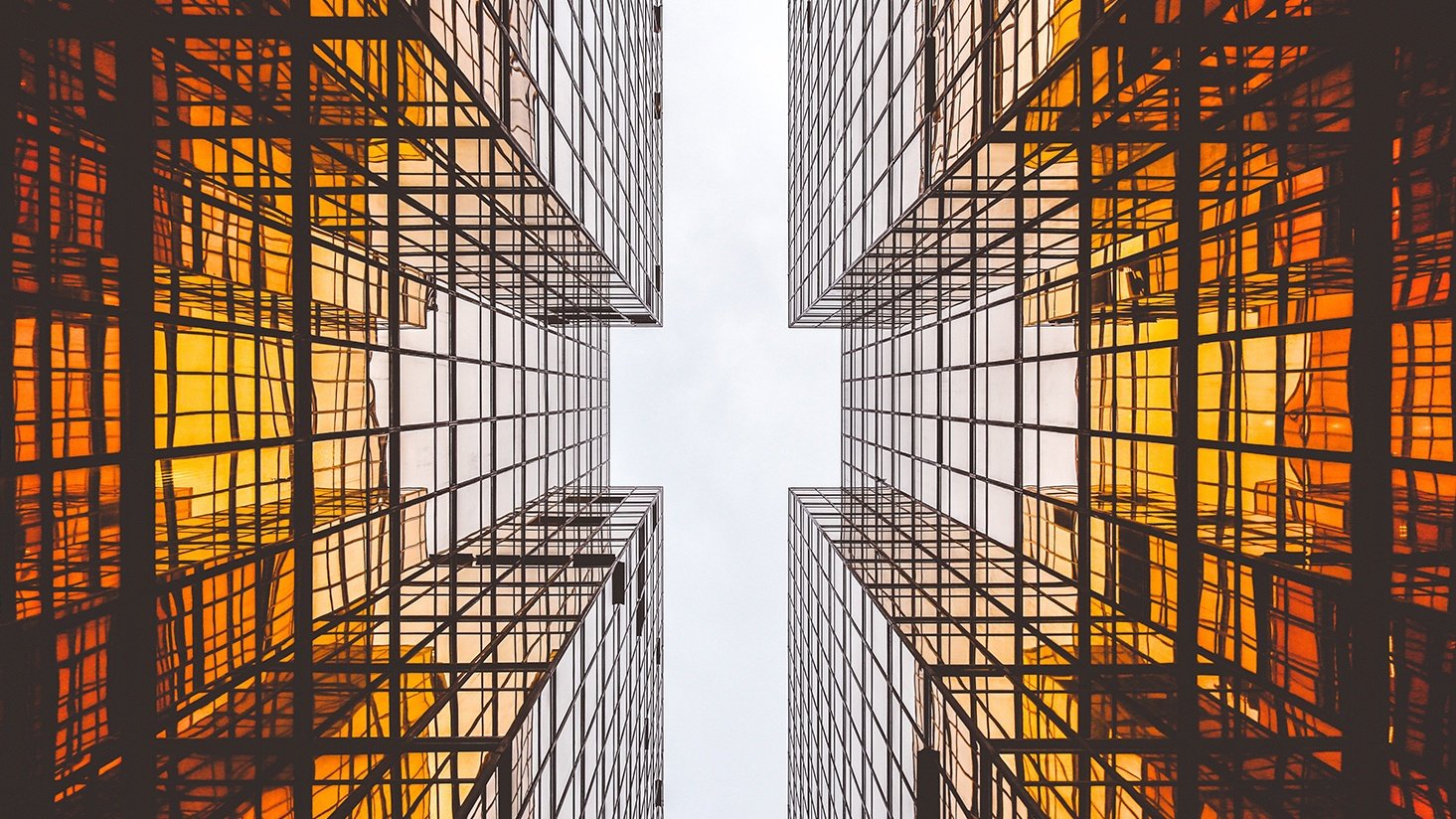Is there a fluorescent bulb ban?
Fluorescent bulbs...
For years, fluorescent bulbs have been commonplace in all types of commercial buildings — offices, schools, hospitals, big box stores, and more.
Fluorescent lighting is known for energy efficiency compared to incandescent and halogen light bulbs, and a generally lower price compared to LEDs.
With the infiltration of LED products, however, fluorescent lamps are unable to compete. Plus, there are environmental concerns with fluorescent products since they contain mercury. Although fluorescent bulbs are not necessarily banned, there are new restrictions popping up on all types of fluorescent products, from linear fluorescent lamps to CFLs (compact fluorescent lamps).
Between a new federal law that will go into effect soon, and states taking their own action to limit fluorescent products, it's safe to say the phase out of fluorescent products has started.
Where are fluorescent bulbs currently banned?
Fluorescent products all use the same technology to work, but they can be quite different and used in a variety of applications. Restrictions on fluorescent products generally fit into two broad categories: compact fluorescent lamps (CFLs) and linear fluorescent lamps.
States with restrictions on compact fluorescent lamps (CFLs)
In December 2022, U.S. President Joe Biden announced the intention to phase out compact fluorescent lamps (CFLs) as part of a larger climate control strategy. The regulations are still being finalized, but they could more than double minimum efficiency standards from 45 lumens per watt to more than 120 lumens per watt.
If the regulations pass, the CFL restrictions will go into effect in 2025 and effectively ban CFLs. But even with federal rules in the balance, some states have already passed restrictions on CFLs. Vermont's ban took effect in February 2023. California's CFL ban will take effect on January 1, 2024.
Other states planning to or considering phasing out CFLs include:
- Colorado
- Hawaii
- Illinois
- Maine
- Maryland
- Massachusetts
- Nevada
- New Mexico
- Oregon
- Rhode Island
- Washington
States with restrictions on linear fluorescent lamps
There are currently two different restrictions on linear fluorescent lamps.
First, states began implementing a ban on high-CRI products. CRI stands for color rendering index. It determines how accurately a light source portrays color. The change mainly eliminates T12s with a CRI of 87 or higher, but may include some T8s. The following states currently have CRI restrictions on linear fluorescents:
- Colorado
- Hawaii
- Massachusetts
- Nevada
- New Jersey
- Oregon
- Vermont
- Washington
- Washington DC
States targeted high-CRI tubes because these products were outside of some of the federal standards, which gave an open door to state-specific regulations.
Second, some states began to implement a ban on most linear fluorescent products (with a few exceptions). Starting January 1, 2024, Vermont will no longer allow the sale of four-foot, general purpose, low-pressure, mercury-containing linear fluorescent lamps. What a mouthful. Translation: these are the most common linear fluorescent products used by most commercial buildings.
Several other states will follow:
- California - Beginning January 1, 2025
- Colorado - Beginning 2025
- Hawaii - Beginning 2025
- Rhode Island - Beginning January 1, 2025
- Maine - Beginning January 1, 2026
- Maryland - Still pending
- Oregon - Beginning January 2025
- Vermont - Beginning January 1, 2024
Fore a detailed overview of the state-by-state restrictions, check out this article.
Why are fluorescent bulbs phased out?
At one point, fluorescent bulbs were the preferred lighting product because they were more energy efficient than halogen or incandescent lamps and were extremely effective in commercial lighting applications. But because most fluorescent lamps are not properly disposed of, concern about the products has risen in the past several years. Fluorescent lamps contain mercury, which can be harmful to the environment when large amounts end up in the landfill.
Side note: That's why we encourage recycling options and offer multiple ways for our customers to properly dispose of fluorescent products.
The other major factor is energy efficiency. Although fluorescent products were once considered energy efficient, LED technology has changed the entire lighting marketplace. LED bulbs and fixtures do not contain mercury and can cut energy use in less than half compared to fluorescents. Plus, they tend to last longer than fluorescent products (saving on maintenance and replacement costs).
How to replace fluorescent products
If you haven't already, now is the best time to switch your fluorescent products to LEDs. There are several options depending on your products, your budget, and your space. Below are a few resources to consider, but we always recommend a free consultation with one of our lighting and supply experts who can walk you through every step in the process. We've helped hundreds of our customers transform their fluorescent lamps into LED products.
A state by state look at light bulb bans
Restrictions on all lighting products (not just fluorescent products) are changing almost as quickly as LED technology. To keep up with all of the changes, follow our state by state breakdown.
